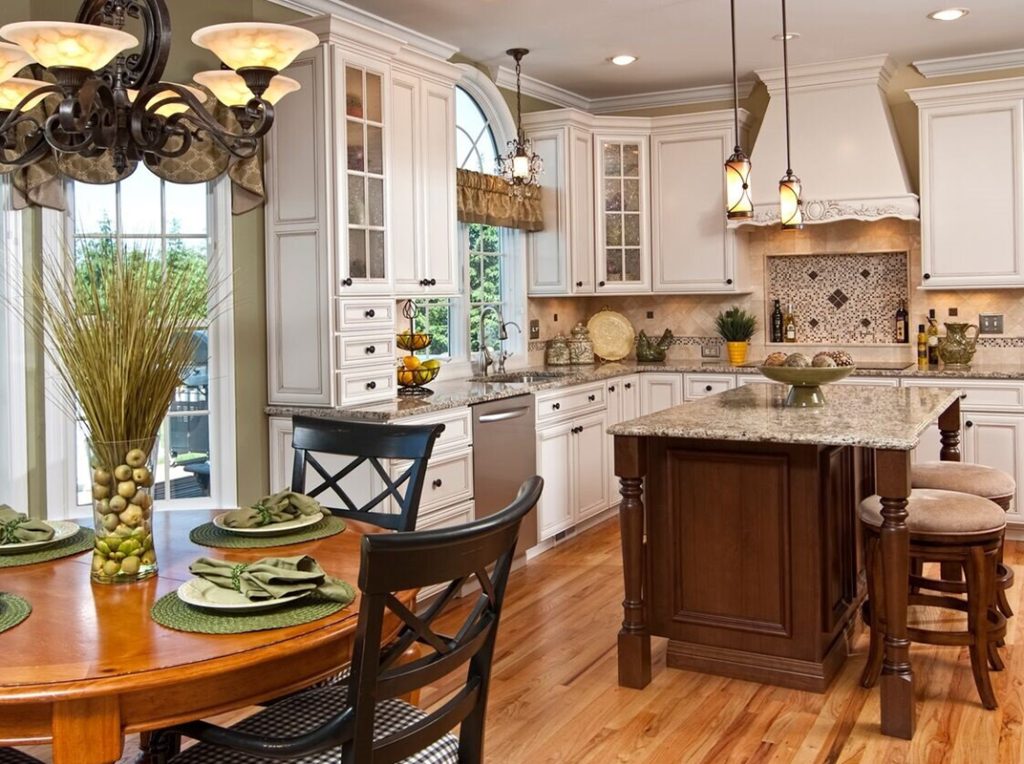One of the foremost reasons layout design is essential in home design is its impact on space utilization. A well-planned layout maximizes the available square footage, ensuring that each area serves its intended purpose effectively. For instance, an open floor plan can create a sense of spaciousness, allowing for seamless movement between the living, dining, and kitchen areas. Conversely, a poorly designed layout can result in wasted space and hinder the flow of daily activities. By carefully considering the arrangement of rooms and furniture, homeowners can create functional spaces that enhance their lifestyle.
In addition to functionality, layout design plays a significant role in the aesthetic appeal of a home. The way furniture is arranged can create focal points and promote visual harmony throughout a space. Thoughtful placement of items, such as artwork or decorative elements, can draw the eye and enhance the overall ambiance. For example, a cozy reading nook can be established by positioning a comfortable chair near a window, allowing natural light to enhance the experience. A well-designed layout not only makes a home look inviting but also fosters a sense of comfort and well-being.

Moreover, layout design can influence the emotional atmosphere of a home. Different arrangements can evoke various feelings, from relaxation to energy. For instance, an open and airy layout may promote a sense of tranquility, making it ideal for spaces meant for relaxation, such as bedrooms or living rooms. In contrast, a more dynamic layout with vibrant colors and diverse textures can create an energizing environment suitable for social gatherings. By aligning the layout with the desired emotional tone, homeowners can cultivate a space that reflects their personality and lifestyle.
Consideration of the target audience is another crucial aspect of layout design in home design. Families, couples, and individuals all have different needs and preferences. For example, a family with young children may prioritize safety and play areas, while a couple may focus on creating cozy entertainment spaces. By understanding the specific requirements of the inhabitants, designers can create tailored layouts that enhance the functionality and enjoyment of the home.
Finally, the importance of testing and iterating on layout designs should not be overlooked. What works well in theory may not always translate effectively into practice. Homeowners can benefit from rearranging furniture or experimenting with different layouts to find the most suitable arrangement for their lifestyle. This trial-and-error approach allows for continuous improvement, ensuring that the home evolves with the needs of its inhabitants.
Incorporating thoughtful layout design into home design projects can significantly enhance the quality of living spaces. By focusing on space utilization, aesthetic appeal, emotional impact, audience consideration, and iterative refinement, homeowners can create environments that not only look beautiful but also function seamlessly. Embracing the principles of effective layout design will empower individuals to craft homes that truly reflect their values and enhance their everyday lives.

